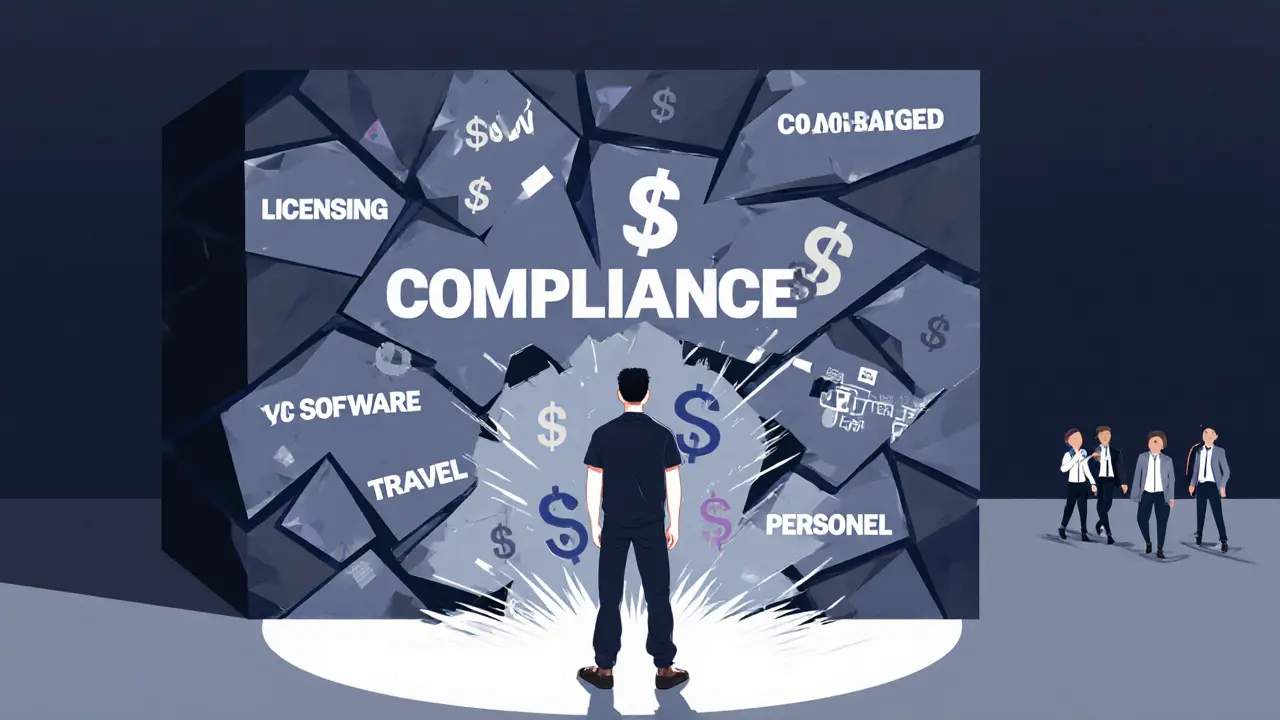MiCA Regulation: What It Means for Crypto Investors and Exchanges
When you hear MiCA regulation, the Markets in Crypto-Assets Regulation, the European Union’s first unified legal framework for digital assets. Also known as MiCA, it’s not just another rulebook—it’s the foundation for how crypto will work across 27 countries, from trading platforms to stablecoins and token issuers. Before MiCA, crypto in Europe was a patchwork of conflicting laws. Some countries banned certain tokens. Others had no rules at all. Now, if a project wants to sell a token in the EU, it must follow clear rules on transparency, audits, and investor protection. That’s a big shift.
This regulation directly affects crypto exchanges, platforms that let you buy, sell, or trade digital assets. Also known as cryptocurrency trading platforms, they now need official authorization to operate in the EU. That means no more shady platforms slipping through the cracks. Exchanges like Poloniex or RabbitX must prove they have strong KYC systems, secure custody, and clear fee structures. And if they don’t? They can’t serve EU customers. This also impacts stablecoins, crypto tokens pegged to real-world assets like the euro or dollar. Issuers must hold enough reserves and publish monthly reports. No more Terra-style collapses hiding behind vague claims. Even crypto airdrops, free token distributions often used to bootstrap new projects. Also known as token giveaways, they’re now under scrutiny—if they’re marketed as investments, they might need to follow MiCA’s disclosure rules. The EU isn’t trying to kill crypto. It’s trying to stop scams, protect retail investors, and bring clarity to a messy space.
What does this mean for you? If you’re trading on a non-EU exchange, you might still be able to access it—but you won’t have the same legal protections. If you’re holding a token that doesn’t comply with MiCA, it could get delisted from EU-based platforms. And if you’re launching a project? You’ll need to plan for audits, legal docs, and ongoing reporting. The posts below dive into real cases: how Upbit got slammed for KYC failures, why some exchanges are disappearing from Europe, and how regulations like MiCA are reshaping the entire crypto landscape. You’ll see what’s changing, what’s at risk, and what you need to do to stay safe in this new environment.
Compliance Costs for Crypto Startups in 2025: What You Really Need to Spend
Compliance costs for crypto startups in 2025 are higher than ever, with licensing, tech, and personnel expenses eating up 22-35% of budgets. Learn where your money goes, how to cut costs, and which jurisdictions offer the best path forward.
learn more